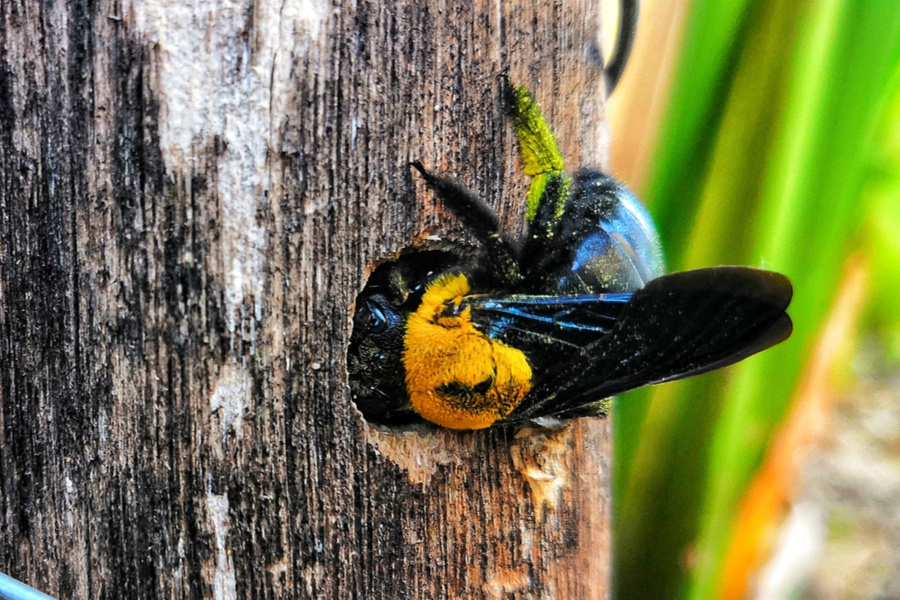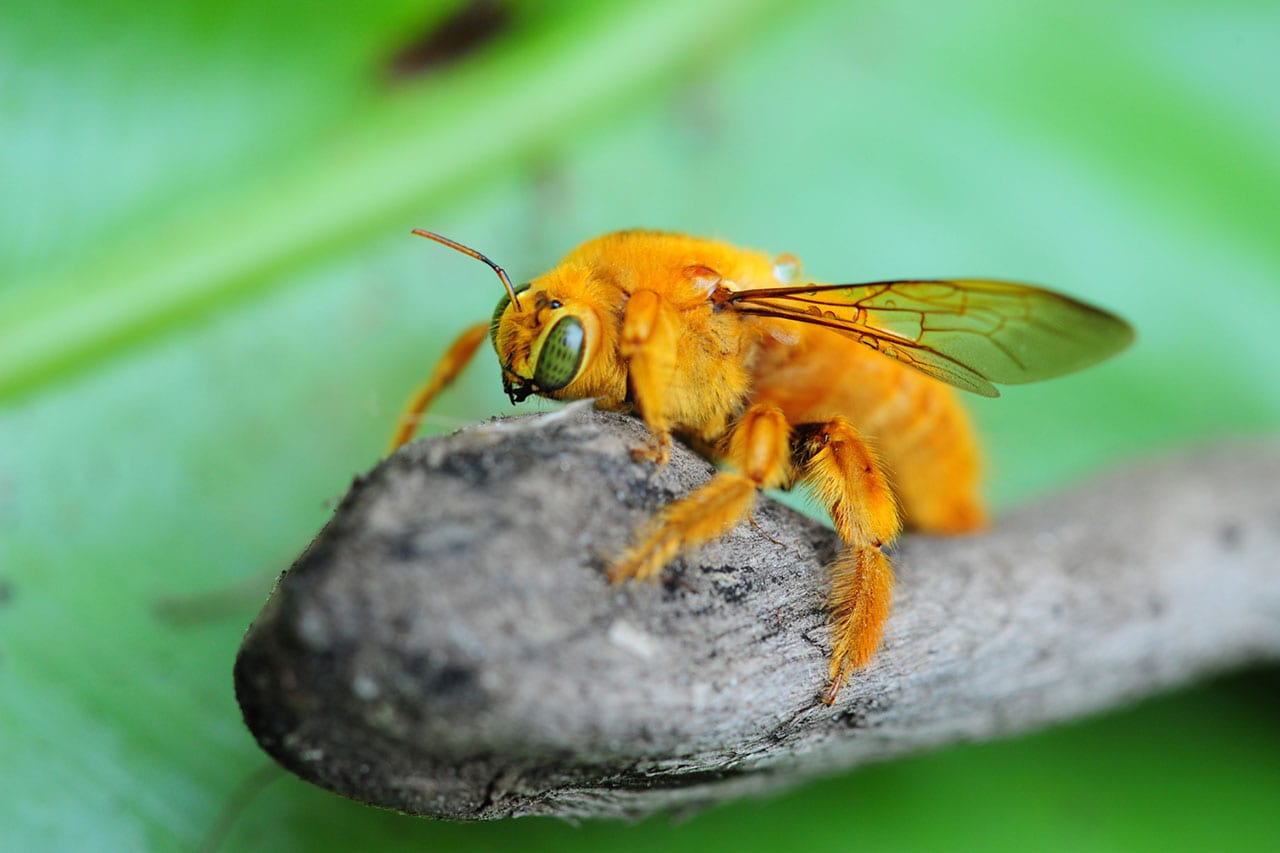
While to an experienced eye, holes in wood caused by insects are easily distinguished from those caused by humans using a drill or hammer and nail, on occasion someone is fooled. Don't confuse insect damage or holes such as those made by carpenter bees or powder post beetles with mechanically made drill holes in wood boards, beams, or other structural components on or in buildings.Īt Drill Marks we show drill marks in wood caused by an amateur pest treatment attempt. Watch out: Because the holes made by carpenter bees (for purposes of nesting and laying eggs) are so perfectly round and because often you see only those openings they can be mistaken for drill marks. In these nicely drilled openings into building wood trim or even deck or porch framing, the female carpenter bee deposits eggs that hatch into larvae and develop into young adult carpenter bees, feeding initially on pollen stored in the nest by the parents.īecause carpenter bees like to return to the same nest each year, the length or depth of these nests can become much larger, extending many feet along the interior of wood trim or other boards on building exteriors. When carpenter bee damage holes appear in the face of a trim board more often they are oblate, as shown in photo at left.

Those 5/16" to 1/2" perfectly round holes carpenter bees cut into (usually) the edges of wood trim or other exposed lumber are made by the female carpenter bee to prepare a nest, typically six to ten inches deep into the wood. Carpenter Bee Entry & Exit Holes in Building Wood Trim or Wooden Structural Members Two more examples of these bee marks are shown just below. But look first for these splashes on building siding that may indicate carpenter bee activity. Look for tracking, sawdust, exit holes, or the insects themselves. Often the first evidence you may see of carpenter bee activity will be a perfectly round hole about 5/16" in diameter in the edge of exterior trim boards at a soffit or fascia (photos further below on this page).īut two very good clues of carpenter bee activity at a building are only slightly more subtle: carpenter bee tracking marks on building siding or walls just below wood trim (photo above) or a neat little pile of fresh sawdust beneath a hole where a carpenter be is busy tearing away at a wooden trim board (photo below). Article ContentsĮarly Signs of Carpenter Bee Activity on a Building While their damage and occasional actual destruction of wood trim leads building owners to treat carpenter bees as a pest, considering the worldwide decimation of bees of many genera/species, in our OPINION treatment of carpenter bee pests at buildings ought to be performed with some thought. Usually these insects are solitary in their nest construction and foraging but you may see multiple carpenter been nests near one another, and in some cases female Xylocopa proxylocopa are reported to share or even divvy up the work of foraging, nesting, nest laying, and nest defense.
CARPENTER BEE HOW TO
Carpenter Bees Guide: what they look like, how to find carpenter bee damage, how to get rid of carpenter bees, how to prevent carpenter bee infestationsĬarpenter Bees, (Xylocopa proxylocopa), like the handsome carpenter bee shown at the top of this page, nest by burrowing into hard woody material such as dead trees and in suburban areas into the edges or occasionally surfaces of wood on buildings, typically wood trim but occasionally structural members too. We also provide an ARTICLE INDEX for this topic, or you can try the page top or bottom SEARCH BOX as a quick way to find information you need. And we provide citations to authoritative sources for more carpenter bee identification & control information.

We include examples of building damage caused by carpenter bees. We also describe how to distinguish carpenter bees from other insect or other types of building damage and how to tell a carpenter bee from other insects. We describe building details that increase the risk of carpenter bee infestation - which tells you where to look for damage as well as how to prevent carpenter bee infestations in buildings without reliance on pesticides. We explain and illustrate how to identify carpenter bees - what carpenter bees look like, why and where they attack buildings, and how to cure a carpenter bee infestation using pesticides or other methods. about 500 species) and how to inspect a building for carpenter bee damage. This article describes carpenter bees ( Xylocopa spp. We have no relationship with advertisers, products, or services discussed at this website.Ĭarpenter bee infestation guide for buildings: InspectAPedia tolerates no conflicts of interest.


 0 kommentar(er)
0 kommentar(er)
